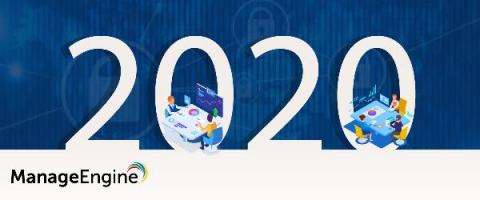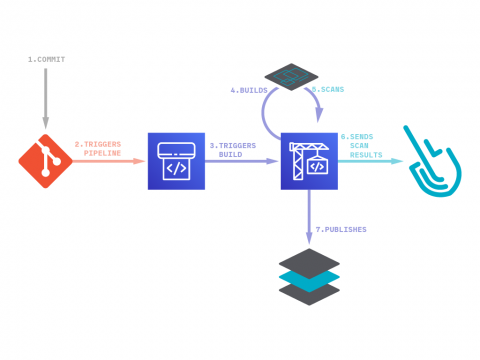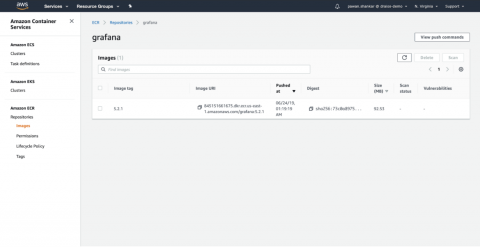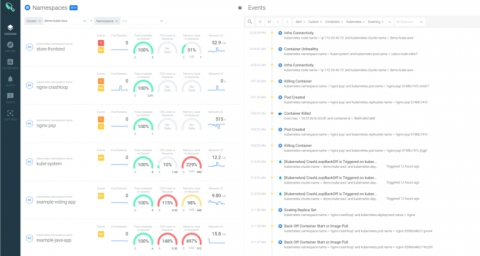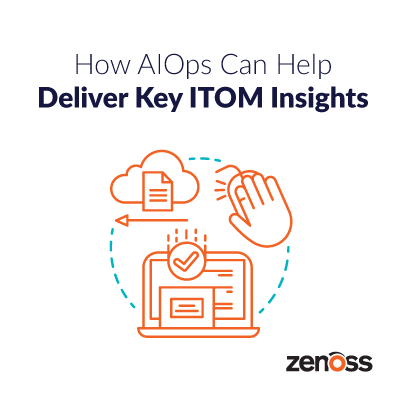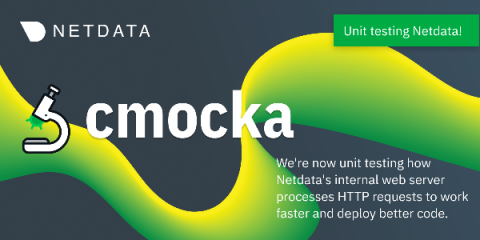What Is MTTF? Mean Time to Failure Explained in Detail
“What is MTTF?” That’s the question we’ll answer with today’s post. Yep, the article’s title makes it evident that the acronym stands for “mean time to failure.” But that, on its own, doesn’t say anything. What does “mean time to failure” actually mean? Why should you care? That’s what today’s post covers in detail.




